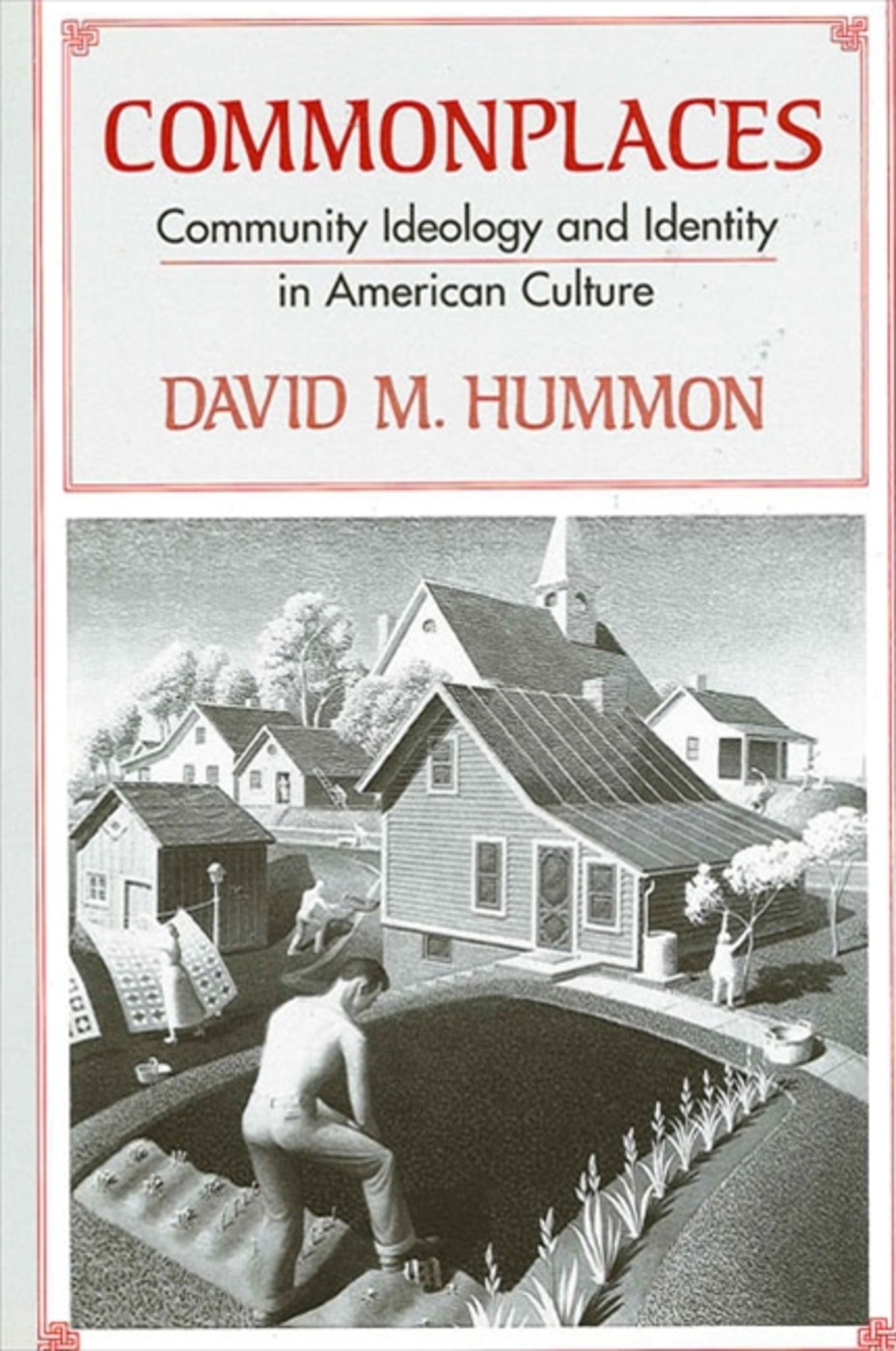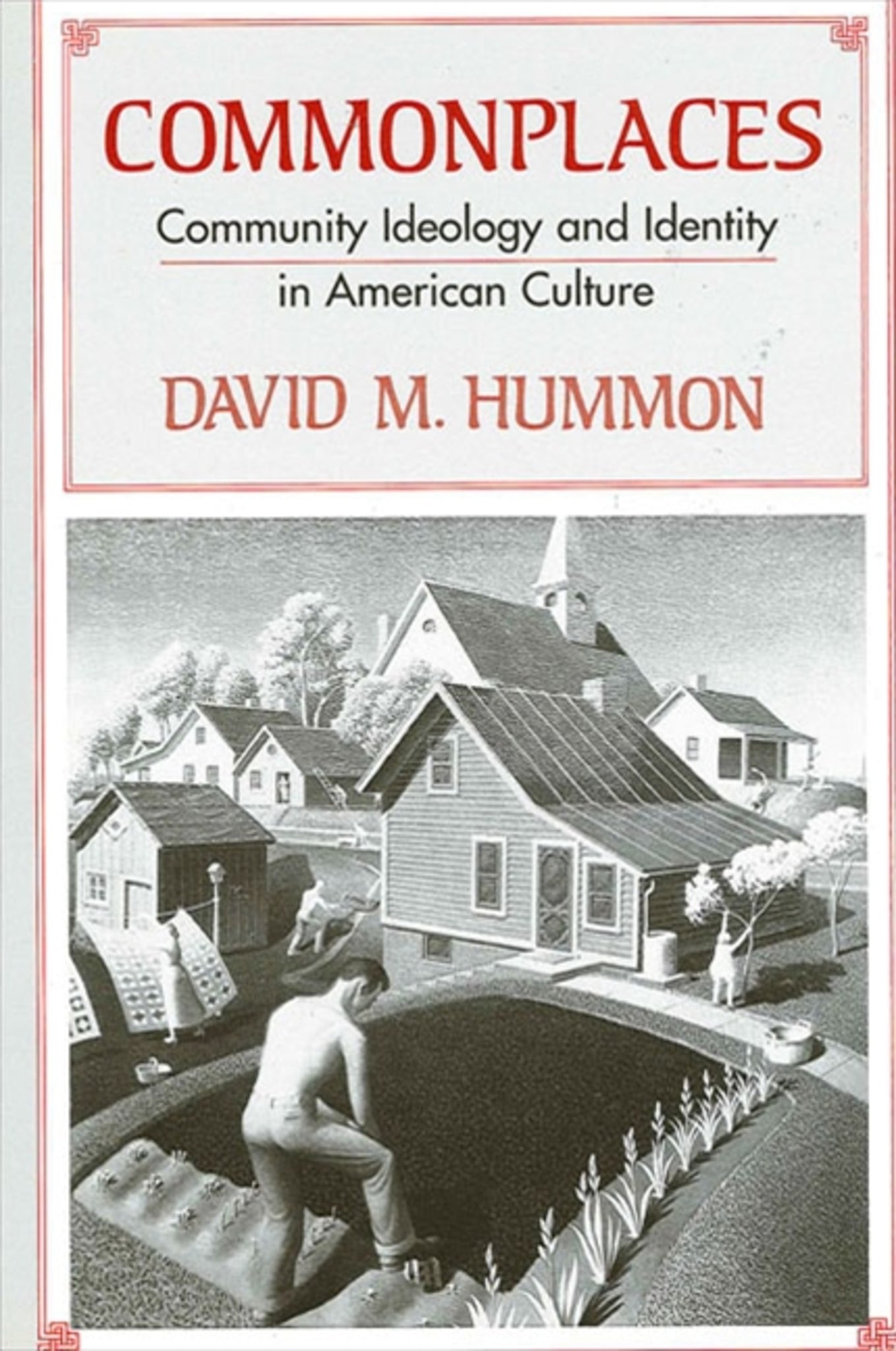We're sorry. An error has occurred
Please cancel or retry.
Commonplaces

Some error occured while loading the Quick View. Please close the Quick View and try reloading the page.
Couldn't load pickup availability
- Format:
-
05 July 1990

This book interprets popular American belief and sentiment about cities, suburbs, and small towns in terms of community ideologies. Based on in-depth interviews with residents of American communities, it shows how people construct a sense of identity based on their communities, and how they perceive and explain community problems (e.g., why cities have more crime than their suburban and rural counterparts) in terms of this identity.
Hummon reveals the changing role of place imagery in contemporary society and offers an interpretation of American culture by treating commonplaces of community belief in an uncommon way-as facets of competing community ideologies. He argues that by adopting such ideologies, people are able to "make sense" of reality and their place in the everyday world.


"It provides people's views of other places—those where they are not. This is most important and has never been done before. Also, by looking at three environments, a much richer and more complex view is derived than from the more typical analysis of 'anti-urban tradition.' The whole book deals with an 'unexpected' topic (although it should not be): the various ideals present in the U.S. that are reflected in people's residential choices and their evaluations of places." — Amos Rapoport, University of Wisconsin at Milwaukee
Tables, Figures, and Exhibits
Preface
Part I: Introduction
1. Community Perspectives: Community Ideology and American Society
Commonplaces about Community Belief
Perspective, Ideology, amd Society
2. Minding Community: The Interpretation of Community Belief and Sentiment
Interpretation: An Interdisciplinary Excursus
Community Ideology as a Cultural System
People and Places: Urbanists, Villagers, and Suburbanists
Part II: Symbolic Landscapes
3. Small-Town Ideology
Small-Town Popularity
Valleytown and its Perspective
The Symbolic Landscape
4. Urban Ideology
Beyond Antiurbansim
Urbanists, Reluctant Urbanites, and City Boosters
The Interpretive Perspective of Urban Ideology
Interpreting Urban Imagery
5. Suburban Ideology
Suburbia: Nightmare or Dream?
Suburban Ideology
Suburban Ideology and White Flight
Villagers and Urbanists in Suburbia
Competing Interpretations: Ideology and Suburbia
Part III: The Uses of Community Ideology
6. Community Apologetics: Ideology, Accounts, and Community Problems
Ideology and Community Problems
Accounting for Friendliness
Accounting for Safety and Crime
Ideology, Explanation, and Commitment
7. Community Identity
Beyond Placelessness
Identity and Ideology
Identification with Community: On Being a City Person
Community Identity as Self-Conception
Without Community Identity
Community Identity and American Society
Part IV: Conclusion
8. Community Ideology and American Culture
Community Rhetoric and Values
Community Ideology, Perspective, and American Culture
Community Perspectives and American Values
Community Ideology as Moral Perspective
Appendix: Researching Community Ideology: Reflections on Method
First Attempts: The Place Image Survey
The Emerging Strategy
Analysis and Community Ideology
Afterthoughts and Beyond
Notes
Bibliography
Index



